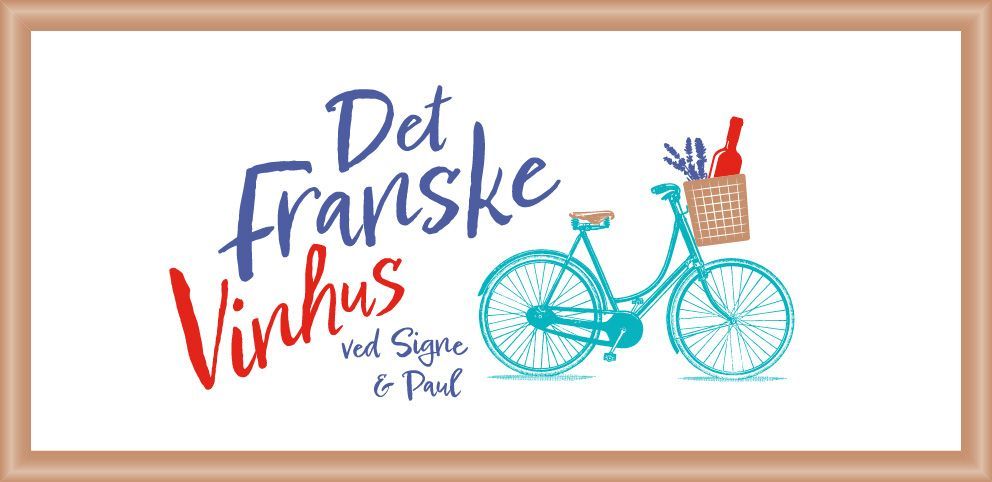Appellations
Fruit of the land of South of France
The Languedoc wine producing region mainly covers three departments, from the Aude, the Herault to the Gard and now even extends as far as the Eastern Pyrenees with the new regional Languedoc AOC appellation. Within this geographical area there are 36 controlled origin appellations covering a total surface of 40,000 ha. This large area create a wide diversity of land each with their own soils, climates and grapes; individual combinations resulting in very unique wines. There are many differences between the strong forts of the Pyrenees and the Massif Central and the pleasant coast of the Mediterranean.
For 30 years, the Languedoc AOCs have made significant efforts to restructure the winegrowing region in order to guarantee quality and authenticity for increasingly demanding consumers.
IGP appellations
The 23 Protected Geographical Indication (PGI), which complies with European regulations, it symbolises a deep-rooted connection with a particular region. Protected Geographical Indication wines, which combine authenticity and creativity
AOP/AOC appellations
30 years of toil has transformed the Languedoc vineyards: Each vine type boasts its own wine-growing, wine-making and wine-assembly methods, providing structured and well-balanced Languedoc A.O.C. wines. Appellation d’Origine Controllée Today 23 AOC Languedoc appelations.
AOP appellations of our winegrowers
Our winegrowers represent these IGP and AOC appellations, and please enjoy the diversity of these appellations, described in our section. Use the map to find your way around the Landscape & Climate section.
FAUGÈRES AOC
The “Nature Schiste” appellation 20 km to the North of Béziers, nestling in the wild valleys around Mounts Espinouse and Caroux, the Faugères vineyard is located in a delightful setting: at the heart of seven villages and hamlets with around 2,000 hectares of vineyards embedded in a landscape of green oak, chestnut trees, arbutus and cistus. Cru Faugères is found on a terroir which is unique in the Languedoc with exceptional soil: yellow, orangey, ochre and, lower down, the most beautiful blue tones. The shale soil helps the vineyard to resist the intense Mediterranean summer heat and participates in the production of high quality wines, a third of which are organic.
Picpoul de Pinet AOP
The sea is its terroir . The appellation overlooks the Thau lagoon and its oyster shacks. Winegrowing in the region is centuries old, and some parcels of land have retained the same size and orientation since antiquity. Piquepoul de Pinet wine is now made from a single grape: Picpoul Blanc. Its floral and citrus fragrances, together with its liveliness on the palate, mean it is the ideal companion for complementing shellfish and oysters from Bouzigues. Picpoul de Pinet, which accounts for 61% of the region’s still white wines, is today the appellation with the largest output and is the most famous white wine from Languedoc-Roussillon.
Saint Chinian AOC
Located to the North-West of Béziers, in the regional National Park of the Haut- Languedoc, the vineyard is protected by Mounts Caroux and Espinouse. The micro- climate provides ideal conditions for the vineyards to thrive amidst mimosas and orange trees. The Northern part, on marl soil, produces fine wines with grilled, spicy aromas. To the South, the clay-limestone soil produces wines which are elegant, rich and fruity, with garrigue aromas.
AOC Grés de Montpellier
The Grés de Montpellier stretch east and west of Montpellier, bounded on the west by the Hérault valley, the Pic Saint-Loup region to the north, the Vidourle valley in the east and the coast to the south. It is protected from northern influences by the Black Mountain and the Cévennes. A dry climate refreshed by damp summer sea-breezes encourages early maturity and a well balanced vegetation cycle.
AOP Corbières
Corbières is an important appellation of the Languedoc-Roussillon region of southern France. It is one of the better-known and most productive Languedoc titles. Corbières vineyards turn out large quantities of red and rosé wines, along with a growing number of whites. The Corbières appellation covers a large area of 57 kilometers wide, to the south and west of Narbonne. It stretches from the Pyrenean foothills in the south and west, to the lower-lying areas of the coastal plain near Narbonne. The area contains a great variety of terrain and climate. The vineyards of the northernmost area are known as Alaric. They are divided between the plains in the north and the south-facing slopes of the Montagne d'Alaric.
AOP Limoux
In the eastern foothills of the Pyrenees, the Limoux region produces quality sparkling wines. The Limoux wine region is located in a beautiful and unspoiled natural setting, made famous thanks to its dedicated wineries and wine growers, a majority of whom have now embraced organic or sustainable agriculture. The region is recognized as the origin of sparkling wines, highlighted by a document from 1544 mentioning the "Blanquette de Limoux" produced by monks from a monastery in Limoux. The Limoux wine region includes 7,000 hectares of vineyards and 30,000 hectares of forest. An average of 90,000 hectoliters of wine are produced per year under "AOP Limoux", of which 80% is sparkling wine. Blanquette de Limoux, Blanquette méthode ancestrale, Crémant de Limoux and Limoux, the first three dominate production in Limoux. The main grapes used are Mauzac, colloquially called Blanquette, and Chardonnay as well as Chenin Blanc.

